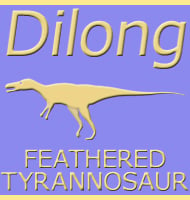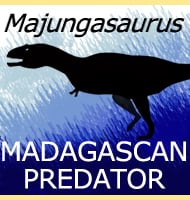Dilong
In Depth One thing that made Dilong stand out from other dinosaurs upon its discovery was the impressions of protofeathers. These protofeathers were not capable of enabling flight, but were very good at insulating, keeping heat in the body. A higher base temperature for a cold blooded creature means a faster metabolism and more active … Read more


